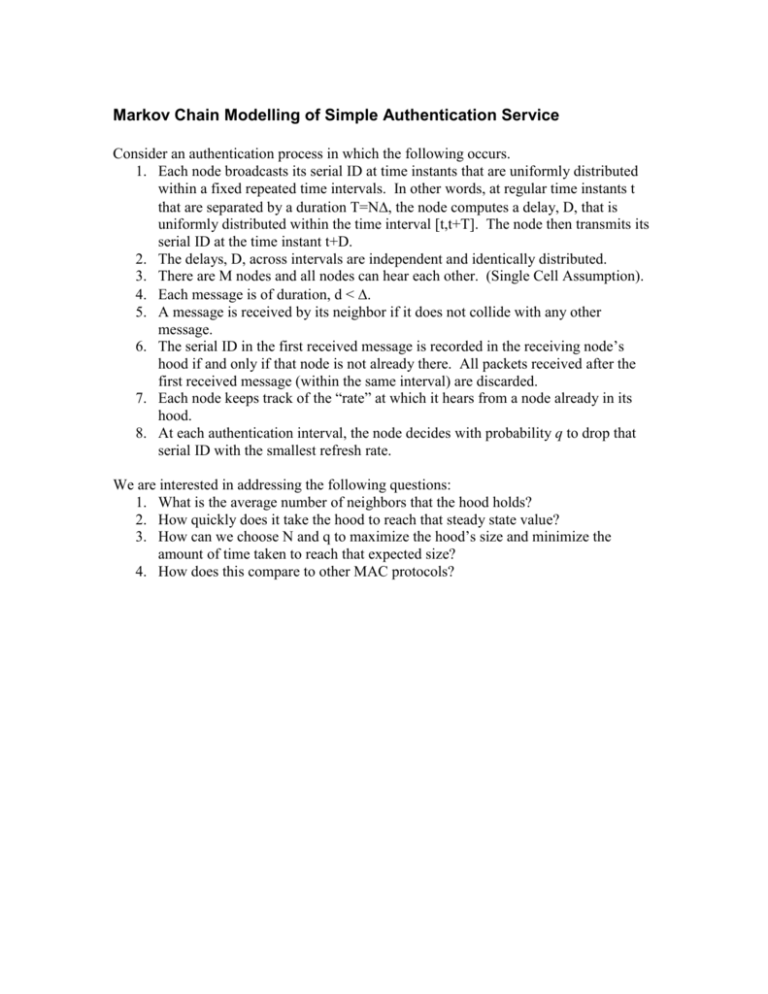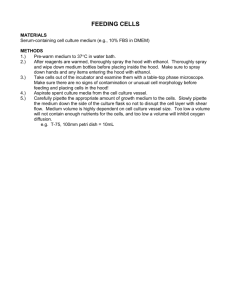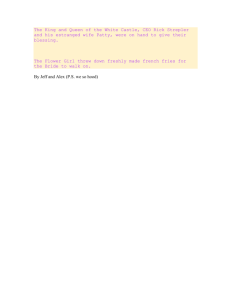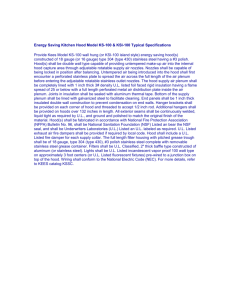Markov Chain Modelling of Simple Authentication Service
advertisement

Markov Chain Modelling of Simple Authentication Service Consider an authentication process in which the following occurs. 1. Each node broadcasts its serial ID at time instants that are uniformly distributed within a fixed repeated time intervals. In other words, at regular time instants t that are separated by a duration T=N, the node computes a delay, D, that is uniformly distributed within the time interval [t,t+T]. The node then transmits its serial ID at the time instant t+D. 2. The delays, D, across intervals are independent and identically distributed. 3. There are M nodes and all nodes can hear each other. (Single Cell Assumption). 4. Each message is of duration, d < . 5. A message is received by its neighbor if it does not collide with any other message. 6. The serial ID in the first received message is recorded in the receiving node’s hood if and only if that node is not already there. All packets received after the first received message (within the same interval) are discarded. 7. Each node keeps track of the “rate” at which it hears from a node already in its hood. 8. At each authentication interval, the node decides with probability q to drop that serial ID with the smallest refresh rate. We are interested in addressing the following questions: 1. What is the average number of neighbors that the hood holds? 2. How quickly does it take the hood to reach that steady state value? 3. How can we choose N and q to maximize the hood’s size and minimize the amount of time taken to reach that expected size? 4. How does this compare to other MAC protocols? So we assume that the state of the markov chain is the integer n, the number of serial ID’s that the mote has recorded in its HOOD. We let 1. Qn be the probability that a new ID will be added to the HOOD assuming that there are currently n ID’s in the HOOD. This probability may be approximated as Q = p((M-n)/M) 2. p is the probability that there is at least one packet in the interval that has no collision. This probability may be written as p = ((N-1)/N)M-1. 3. and q is the probability of deciding to drop a serial ID from the hood. We can construct a Markov chain of the following form, 1-q (1-q)(1-Q1) (1-q)(1-Q2) 1-Q0 Q0 0 Q1 1 q(1-Q1) QM-1 Q2 2 q(1-Q2) … M q





